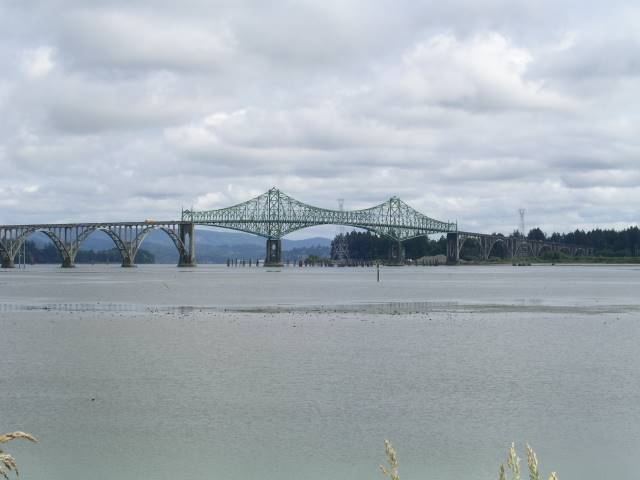Emergency Preparedness: Protect your community from a Tsunami
US Government Facts and Guideleines

What to Do in Case of a Tsunami Wave
Tsunamis (pronounced soo-ná-mees), also known as seismic sea
waves (mistakenly called “tidal wavesâ€), are a series of enormous
waves created by an underwater disturbance such as an earthquake,
landslide, volcanic eruption, or meteorite. A tsunami can move
hundreds of miles per hour in the open ocean and smash into land
with waves as high as 100 feet or more.
From the area where the tsunami originates, waves travel outward
in all directions. Once the wave approaches the shore, it builds in
height. The topography of the coastline and the ocean floor will
influence the size of the wave. There may be more than one wave
and the succeeding one may be larger than the one before. That
is why a small tsunami at one beach can be a giant wave a few miles
away. All tsunamis are potentially dangerous, even though they may not
damage every coastline they strike. A tsunami can strike anywhere along
most of the U.S. coastline. The most destructive tsunamis have occurred
along the coasts of California, Oregon, Washington, Alaska, and Hawaii.
Earthquake-induced movement of the ocean floor most often generates
tsunamis. If a major earthquake or landslide occurs close to shore,
the first wave in a series could reach the beach in a few minutes,
even before a warning is issued. Areas are at greater risk if they are l
ess than 25 feet above sea level and within a mile of the shoreline.
Drowning is the most common cause of death associated with a
tsunami. Tsunami waves and the receding water are very destructive
to structures in the run-up zone. Other hazards include flooding,
contamination of drinking water, and fires from gas lines or ruptured tanks.
How can I protect myself from a tsunami?
This information has been provided by FEMA, the Fedeal Emergency Preparedness Agency
of the United States Read it to learn about what to do to save your life.
Take protective measures:
What to do Before and During a Tsunami
The following are guidelines for what you should do if a tsunami is likely
in your area:
Turn on your radio to learn if there is a tsunami warning if an earthquake
occurs and you are in a coastal area.
Move inland to higher ground immediately and stay there.
Stay away from the beach. Never go down to the beach to watch
a tsunami come in. If you can see the wave you are too close to escape it.
CAUTION - If there is noticeable recession in water
away from the shoreline this is nature's tsunami
warning and it should be heeded. You should move away immediately.
What to Do After a Tsunami
Stay away from flooded and damaged areas until officials say
it is safe to return.
Stay away from debris in the water; it may pose a safety hazard
to boats and people.
Save yourself - not your possessions
Know Your Tsunami Terms
Familiarize yourself with these terms to help identify a tsunami hazard:
Advisory
An earthquake has occurred in the Pacific basin, which might generate
a tsunami.
Warning
A tsunami was, or may have been generated, which could cause damage;
therefore, people in the warned area are strongly advised to evacuate.
Watch
A tsunami was or may have been generated, but is at least two hours travel
time to the area in Watch status.
Disaster Preparedness Products:
This site contains information produced by FEMA and compiled by the site owners.
We are not responsible for the accuracy or completeness of this information.
Layout and site design copyright 2007 powerfy.com.